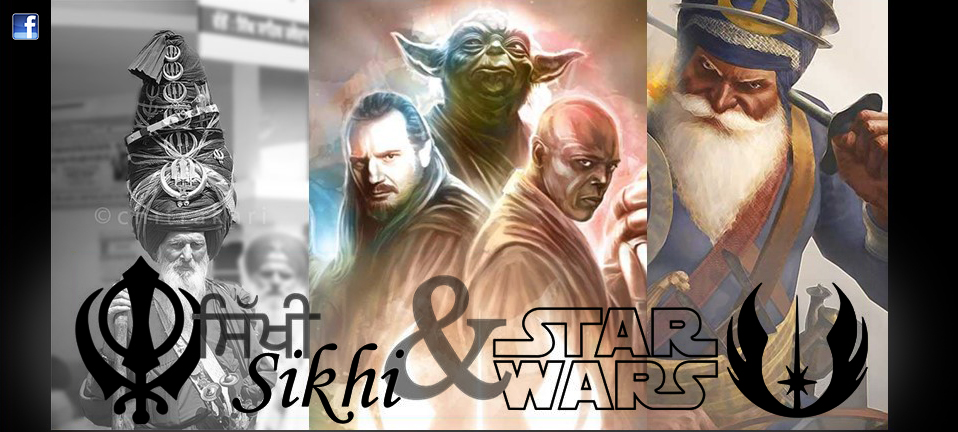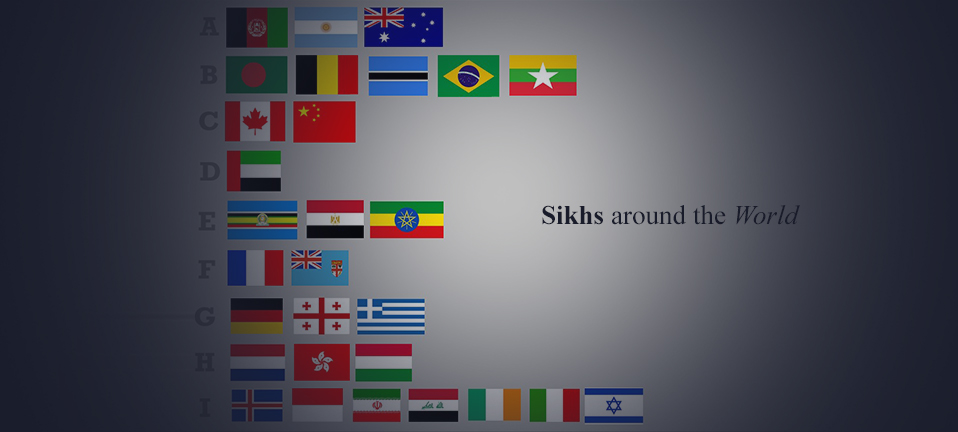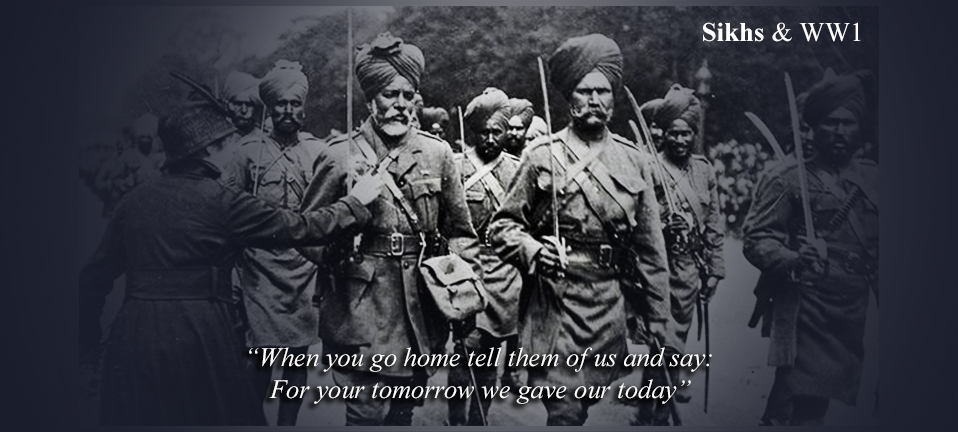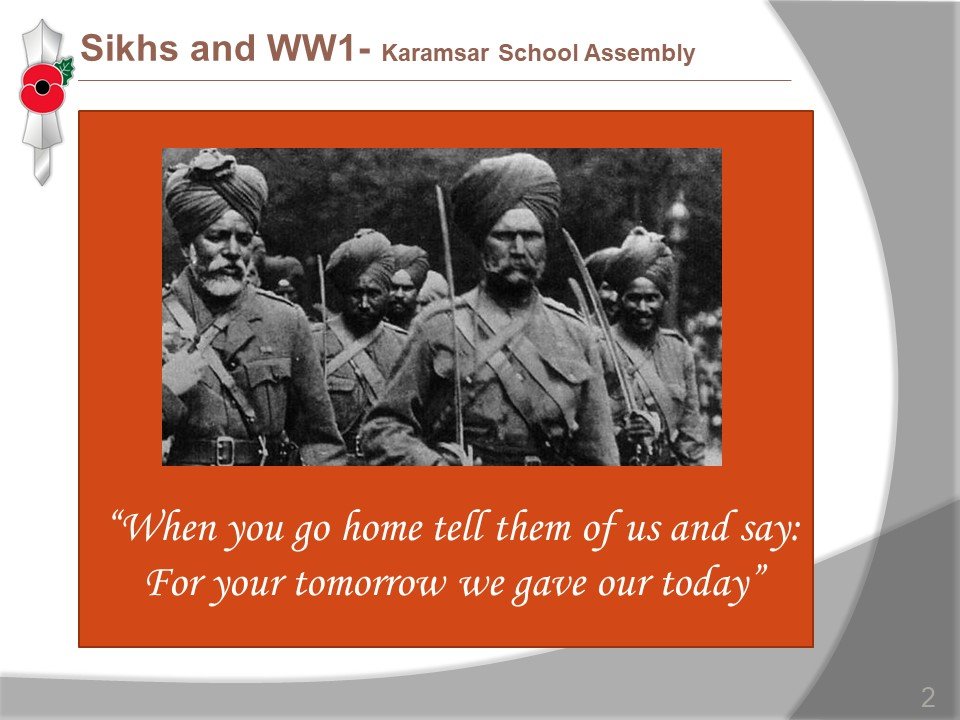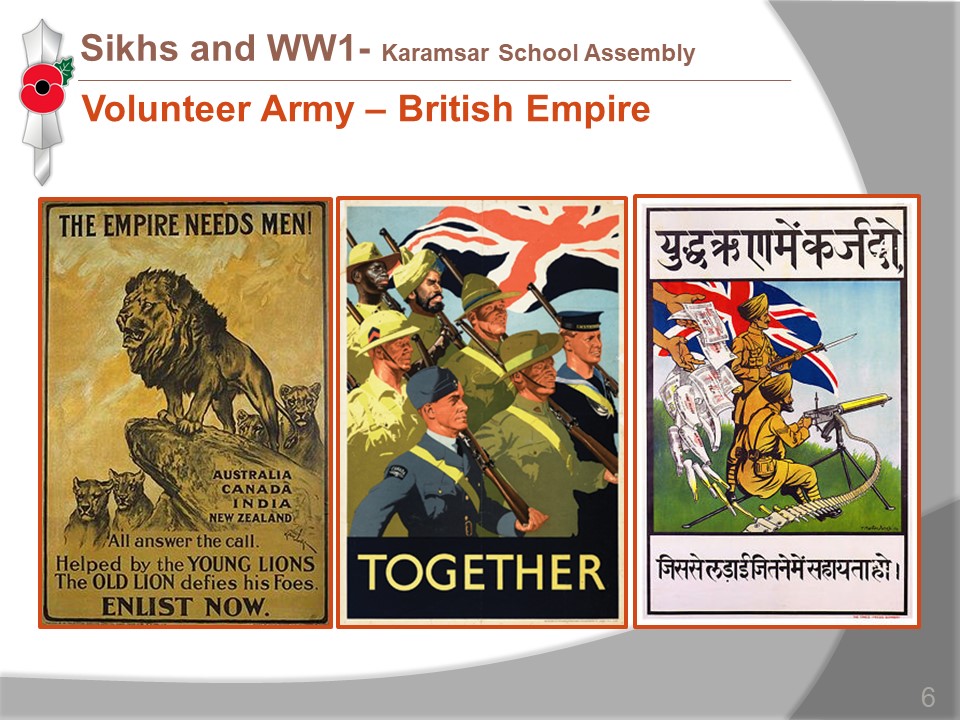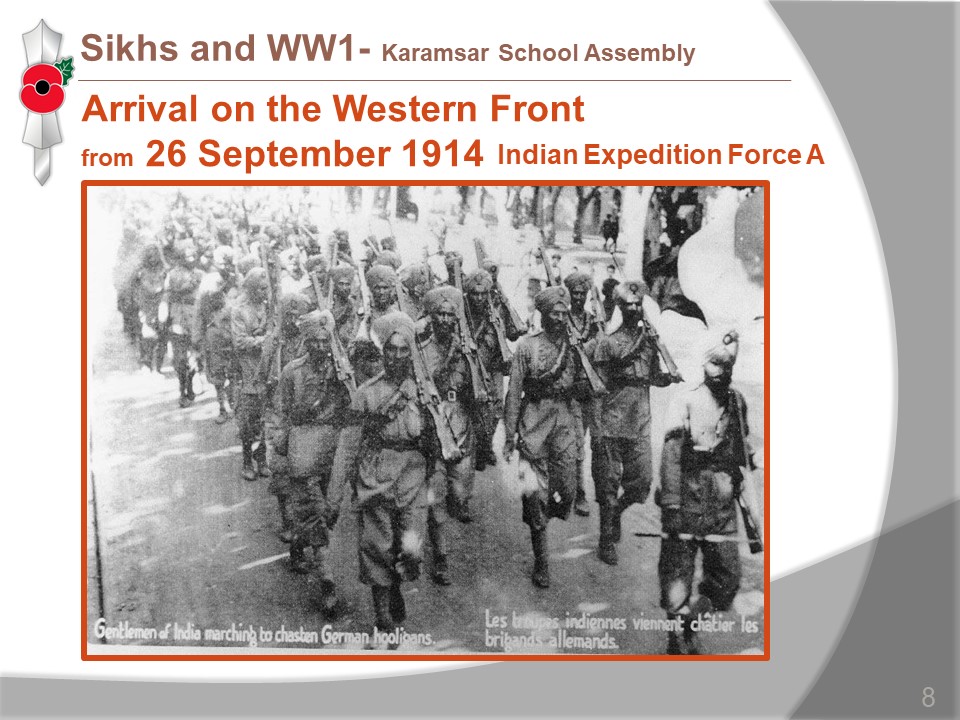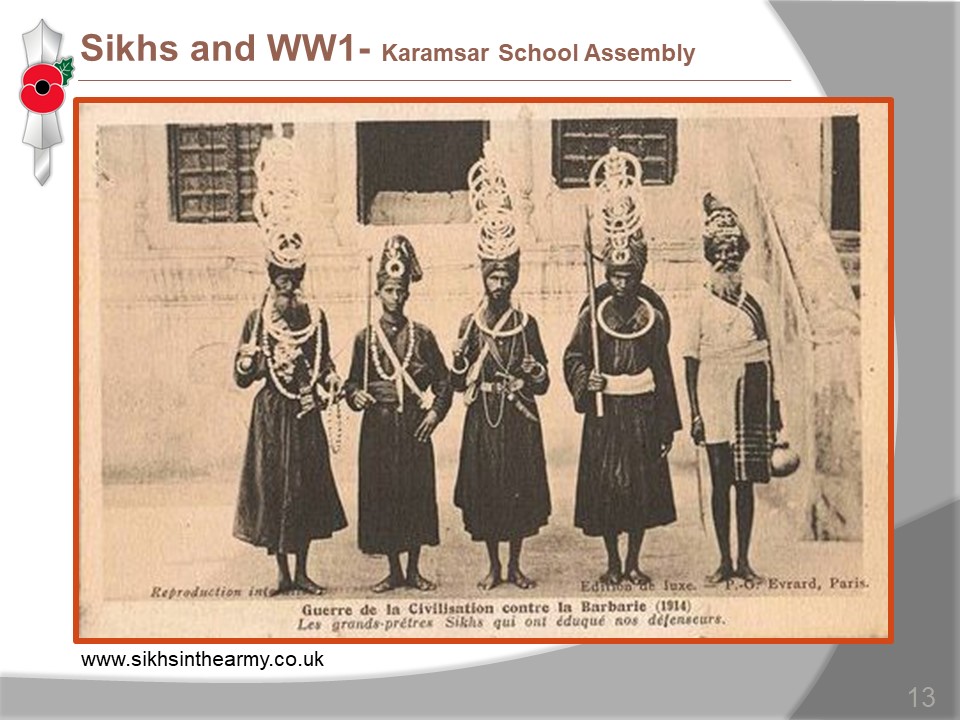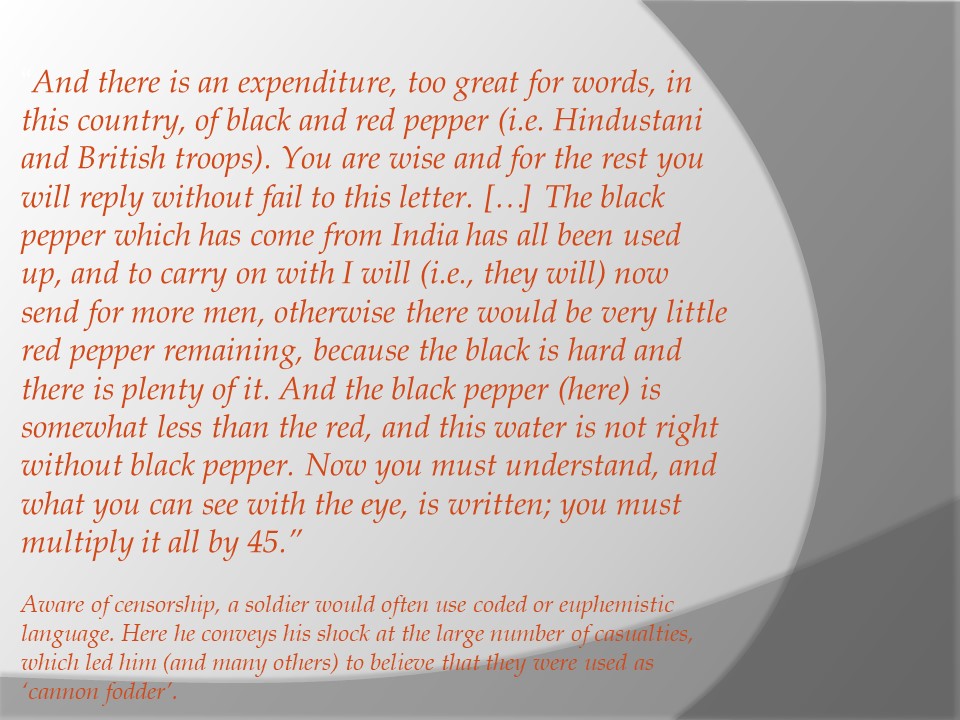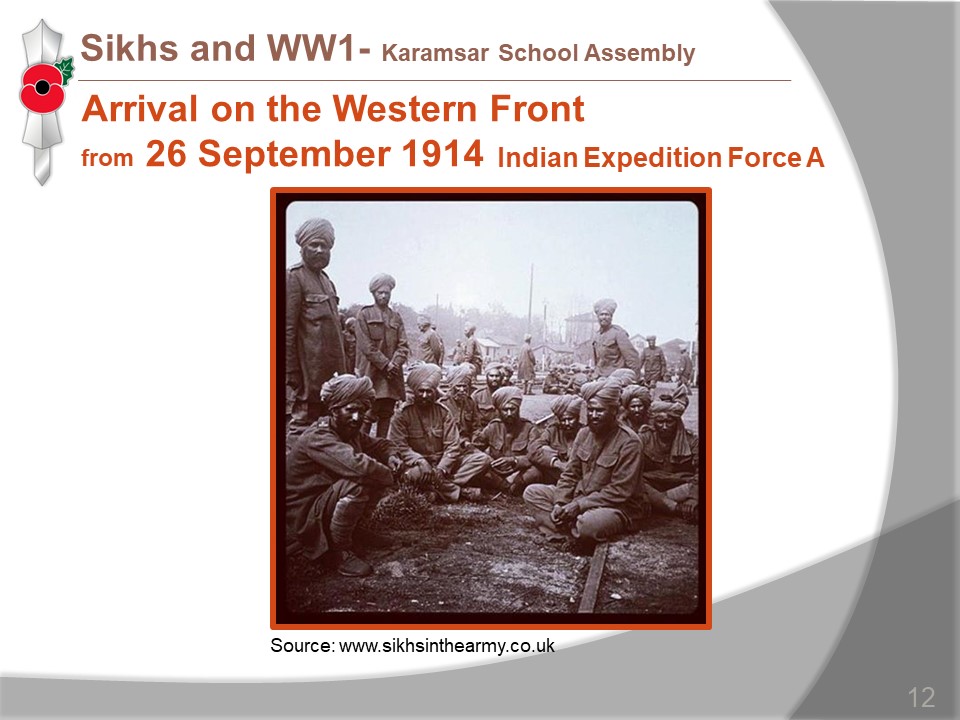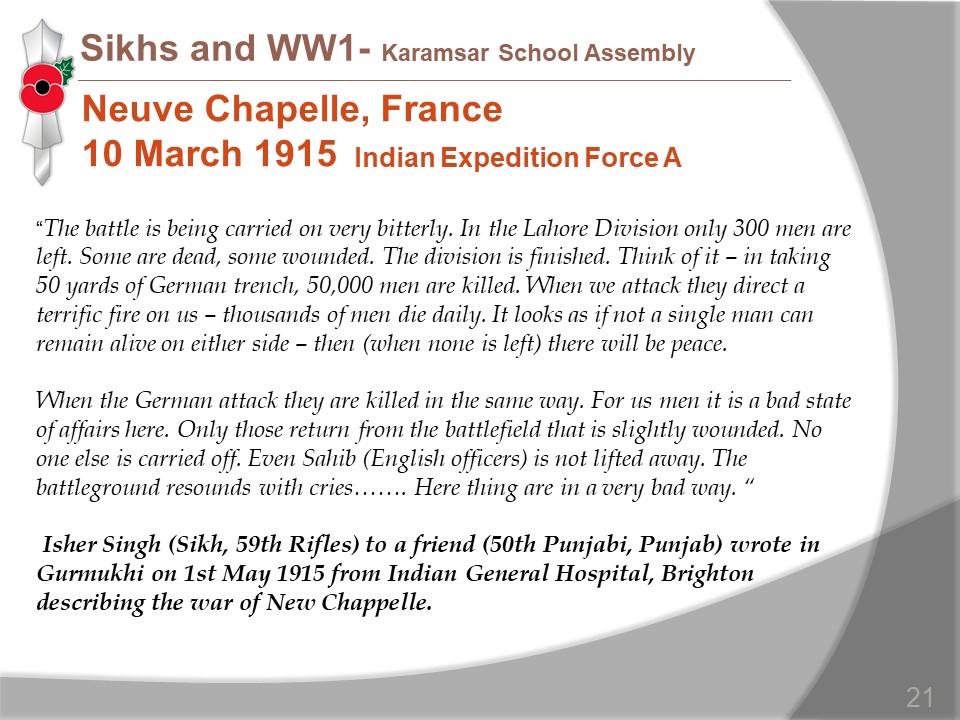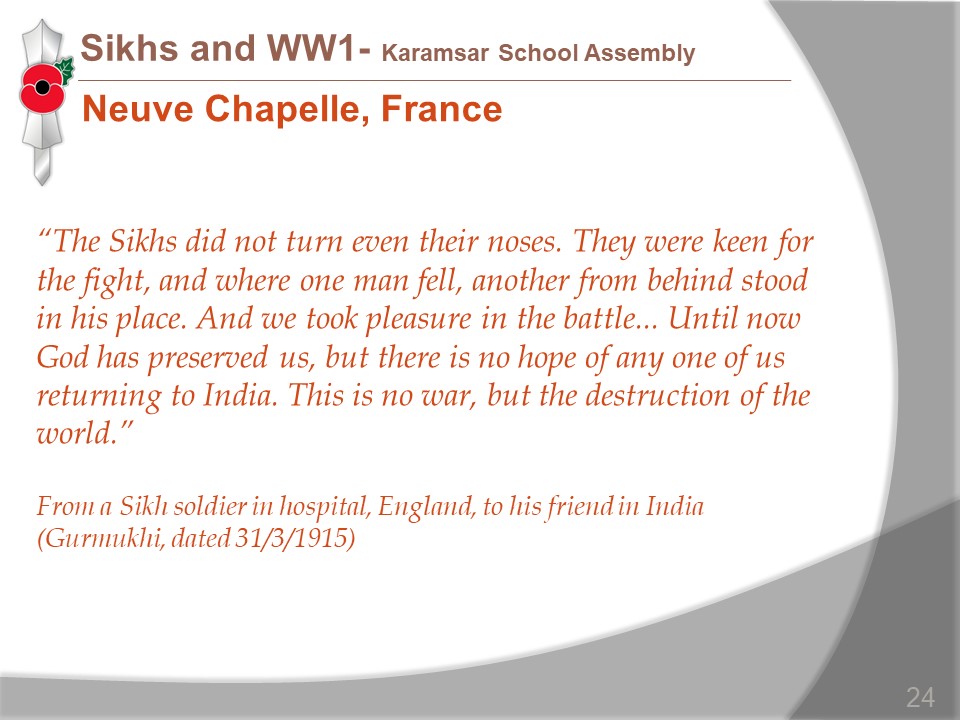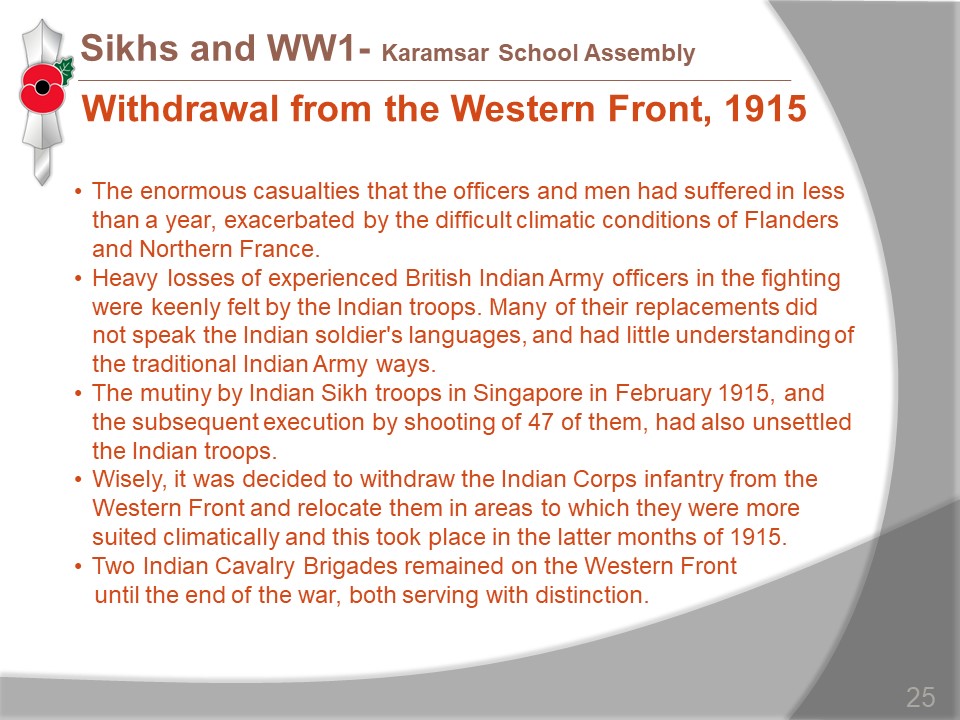
LECTURES
Over the years, the little History team have developed a range of innovative lectures to introduce Sikh and Anglo-Sikh history to audiences young and old. The in-depth research has been presented at academic conferences in London, Warwick and recently in California, USA. However, more often, we present these lectures to children’s Sikhi Camps at Gurdwaras in London & Essex, and sometimes further afield upon invitation. Our annual research topic is launched at the Karamsar Sikhi Camp (Karamsar Panjabi School, Ilford, Essex, UK) each April, and then to Sikhi Camps and Gurdwara events across the UK.
Sikhopoly
Karamsar Lecture 2012
The Anglo-Sikh History Sikhopoly (Monopoly) Board was first conceptualised at a Sikh Camp for children aged 7 to 17 at Karamsar Gurdwara, Ilford in April 2011. Being an Anglo-Sikh history enthusiast for many years, I have been a regular presenter of educational lectures at Karamsar Gurdwara.
In trying to make Anglo-Sikh history more engaging for children, Karamsar Panjabi School have always been supportive in helping to organise visits to museums, events and exhibitions in the London, Thetford and South East England area. Whilst presenting a short powerpoint presentation on Anglo-Sikh History to children attending the camp in April 2011, I found myself engaging the children through locations in London they may have heard of or visited – the Tower of London, Oxford Street, Trafalgar Square, Leicester Square etc.
It was then that I started a personal project and a challenge to see if I could map all of the locations on the British Monopoly Board to aspects of Anglo-Sikh and Sikh history. At the time, I did not have any idea of how locations like Marylebone Station, Park Lane or Piccadilly would present a Sikh link and learning opportunity. And so the challenge begun – during the summer of 2011 and into 2012, I found myself visiting various places, researching on the web and speaking to people, fitting together a jigsaw piece by piece, location by location, to finally complete the Sikhopoly Board in April 2012.
For me, the highlights were the areas of new learning which were revealed through the research and visits – especially those areas which are were not already on the internet! Learning about paintings of Sikhs in the Royal Collection at Buckingham Palace, the citations referring to Sikhs and the Punjab on the plinths of statues in Central London, the links through buildings to notable historical figures and the archives of the numerous museum collections made the project an enriching and rewarding experience.
The Anglo-Sikh Monopoly presentation was presented to children at the Sikh Camp at Karamsar Gurdwara in April 2012, and later to the Connect2Sikhi Winter Camp at Barking Gurdwara in December 2012. Through the locations on a familiar game board it was evident that children aged 7-17 were able to absorb information and learn about various aspects of Anglo-Sikh and Sikh history. Interestingly however, the format also worked for adults who are a less enquiring but more appreciative audience!
It was at the Connect2Sikhi Winter Camp at Barking Gurdwara that I was introduced to Mandip Singh Sohal, who maintained contact and a dialogue and he was the supporting factor in bringing the presentations out to wider audience through the website he helped to first set up.
The presentation is now available to partners (local an international) to present/play with their own Punjabi school children, or via zoom with a member of the little History team! A selection of slides from the full presentation are presented below.
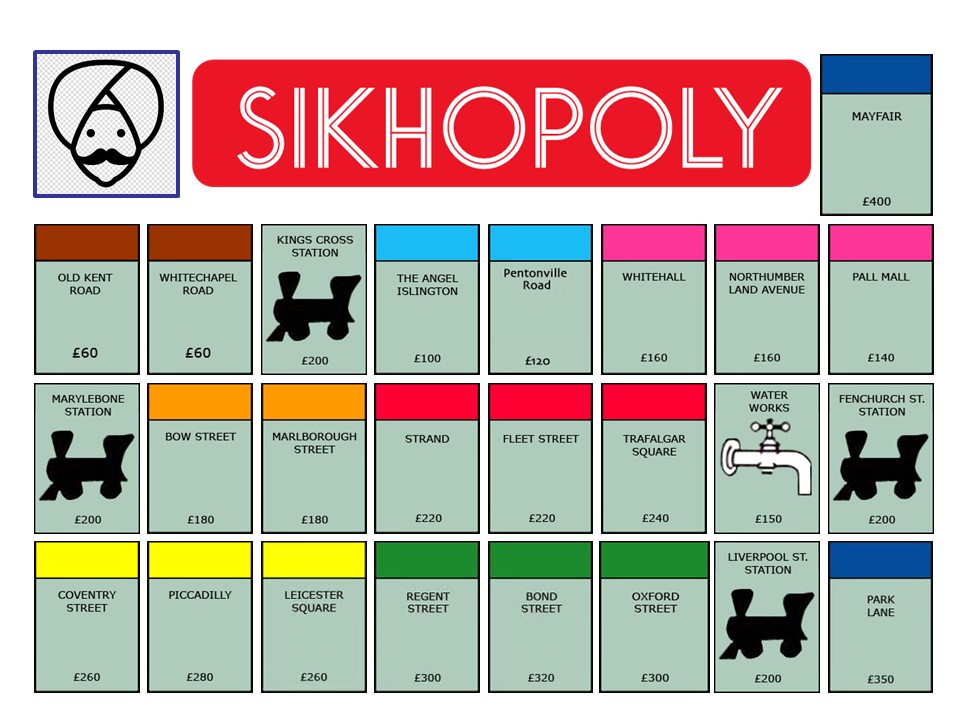
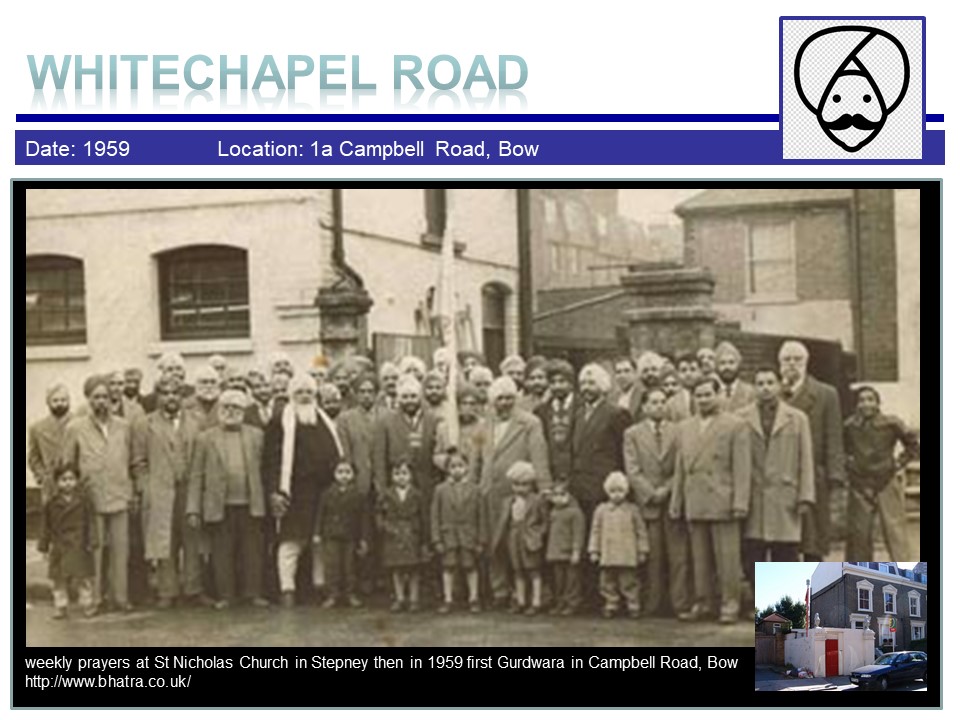
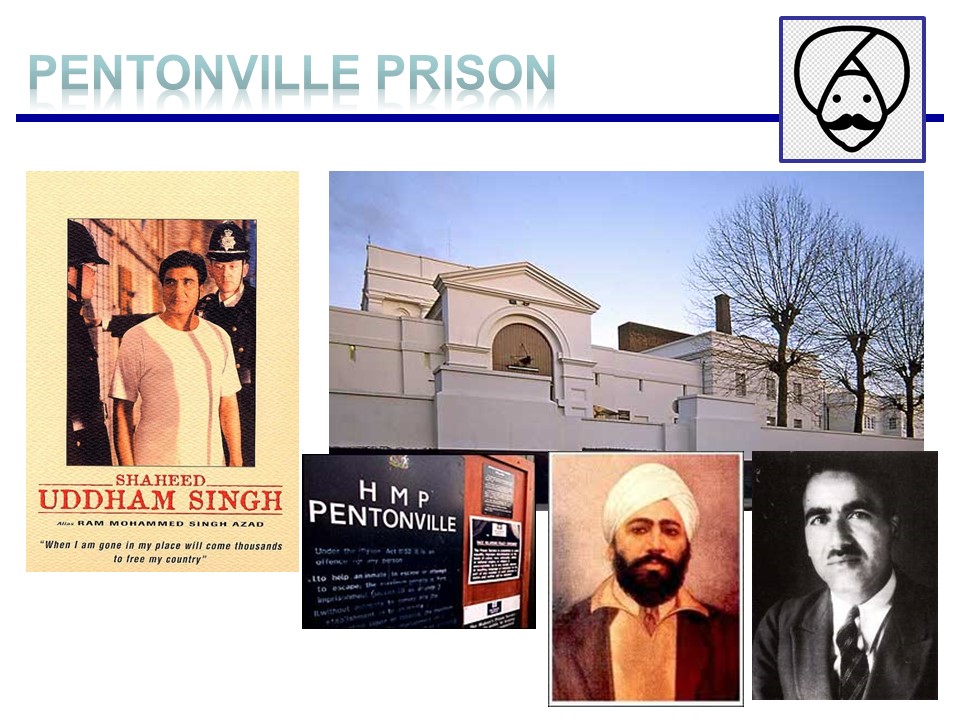

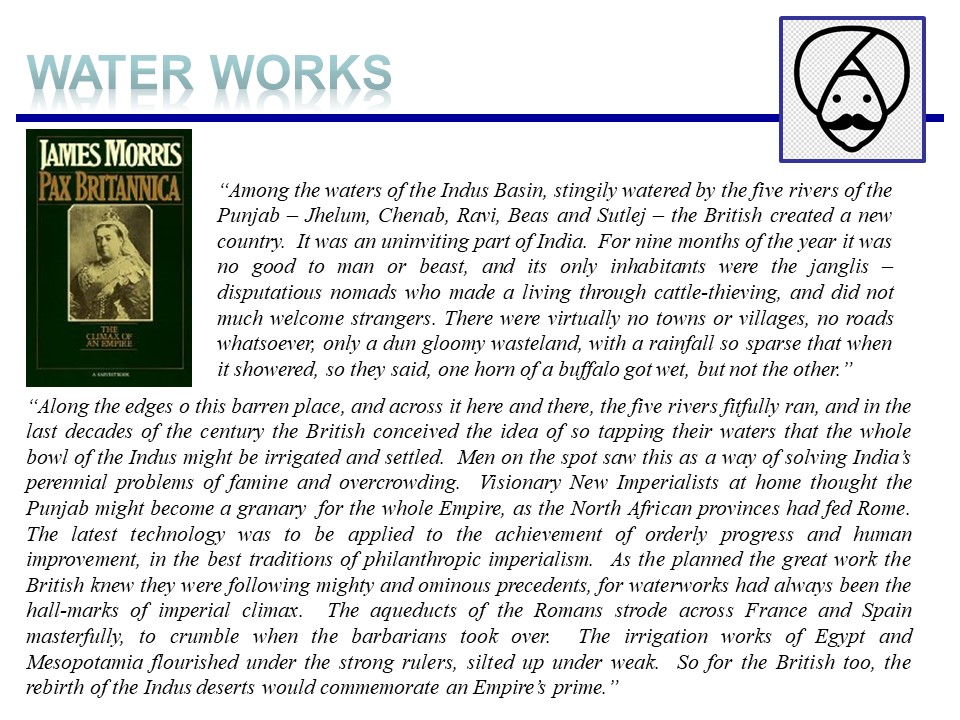
Sikh History on the Streets of London
Karamsar Lecture 2014
The research undertaken for the Sikhopoly (Monopoly Board game) concept continues and has grown to cover other locations in London that are not necessarily on the ‘Monopoly Board’, and is titled ‘Sikh History on the Streets of London’. This presentation has a corporate style, and has been presented to Sikh Networks at Wells Fargo Europe, EY, PwC and Schroders staff networks in London.
The research is supplemented by the guided tours, where with the encouragement and support of many individuals, our first public tour took place on 1 November 2014. Six years on, a little History of the Sikhs offers a range of different walking tours in London, coach trips to sites in the South of England, and study visits to UK and European cities. A selection of slides from the full presentation are presented below.
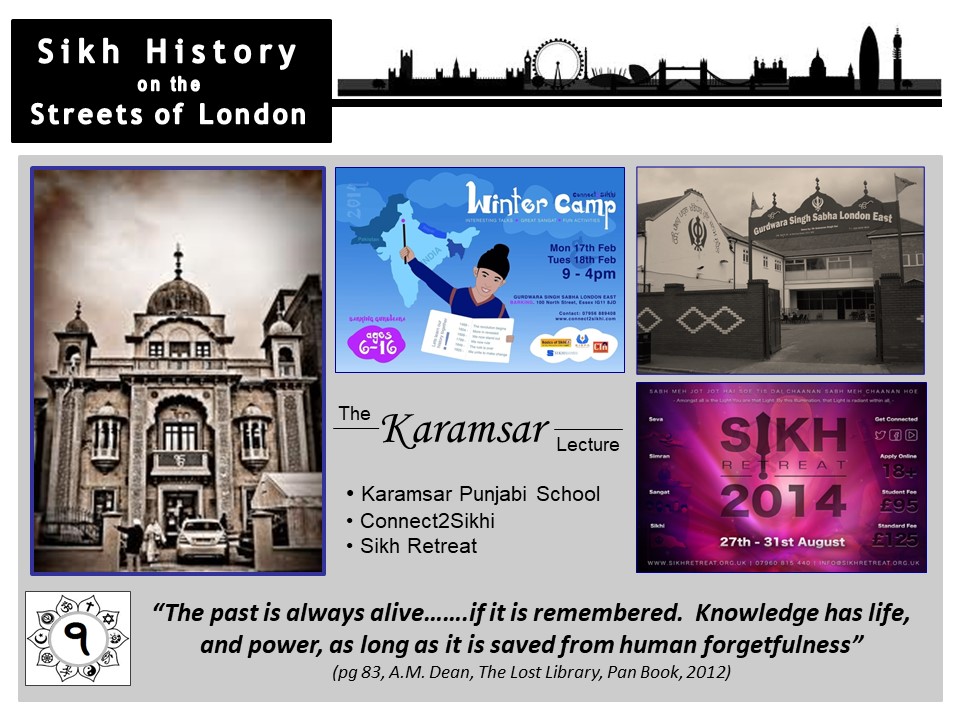
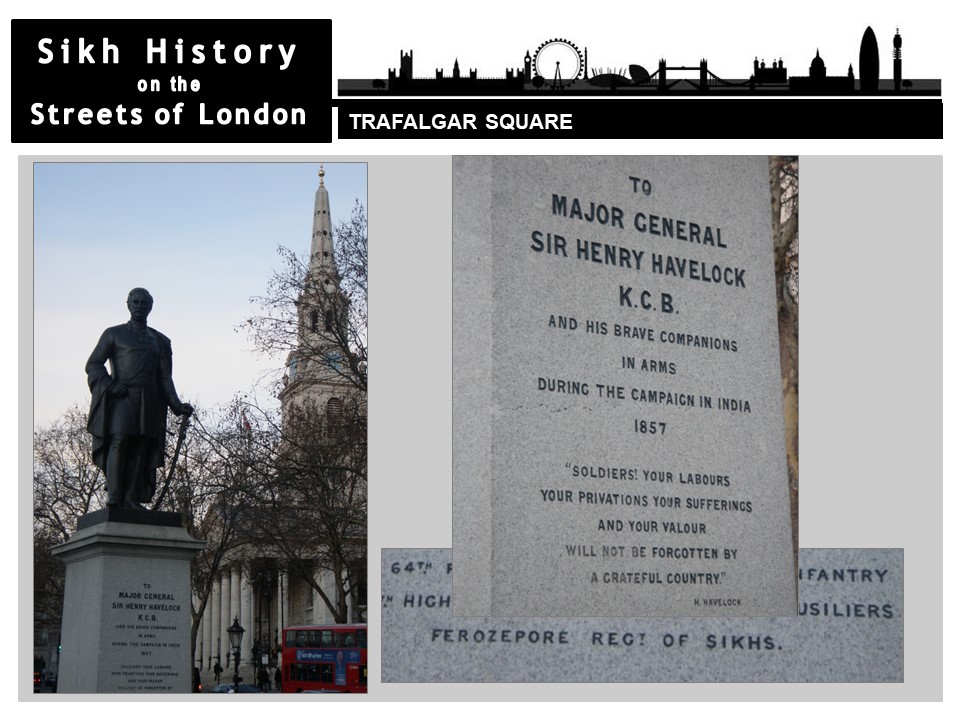
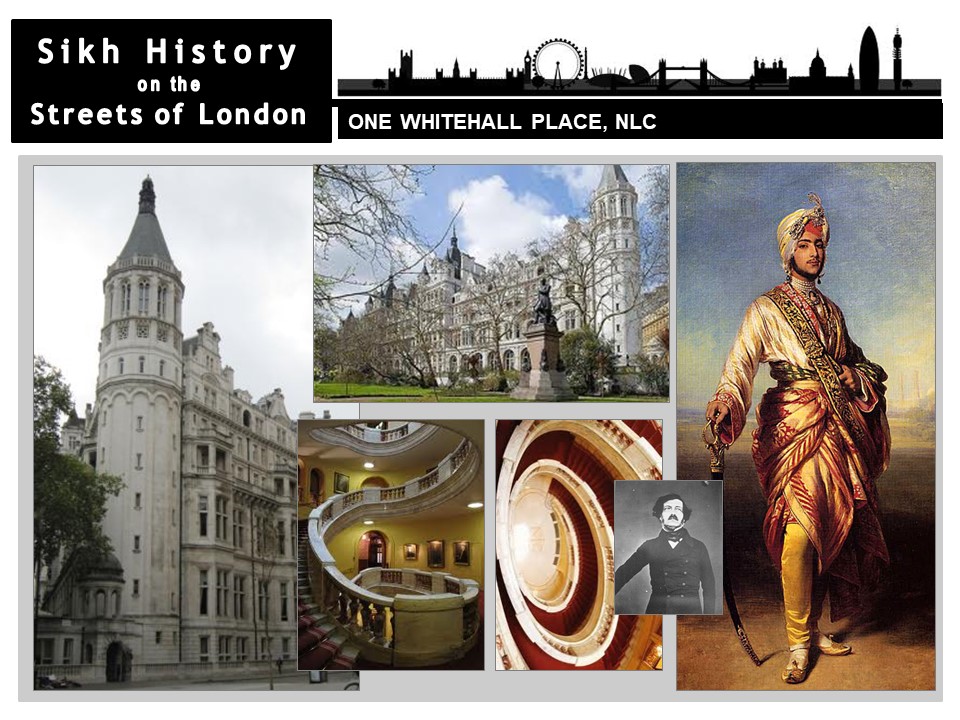
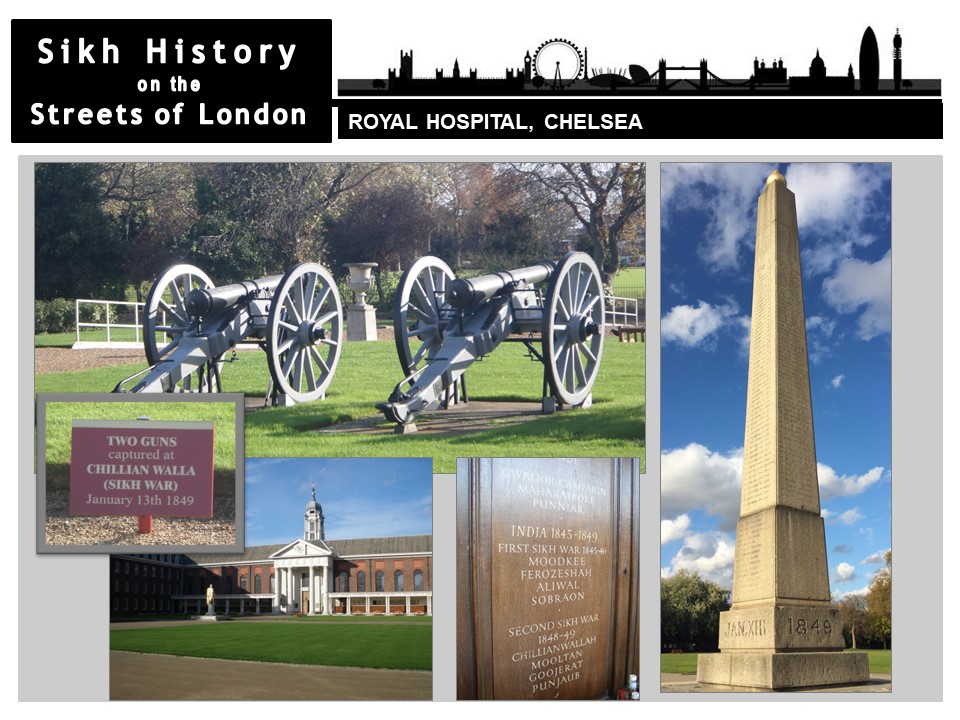
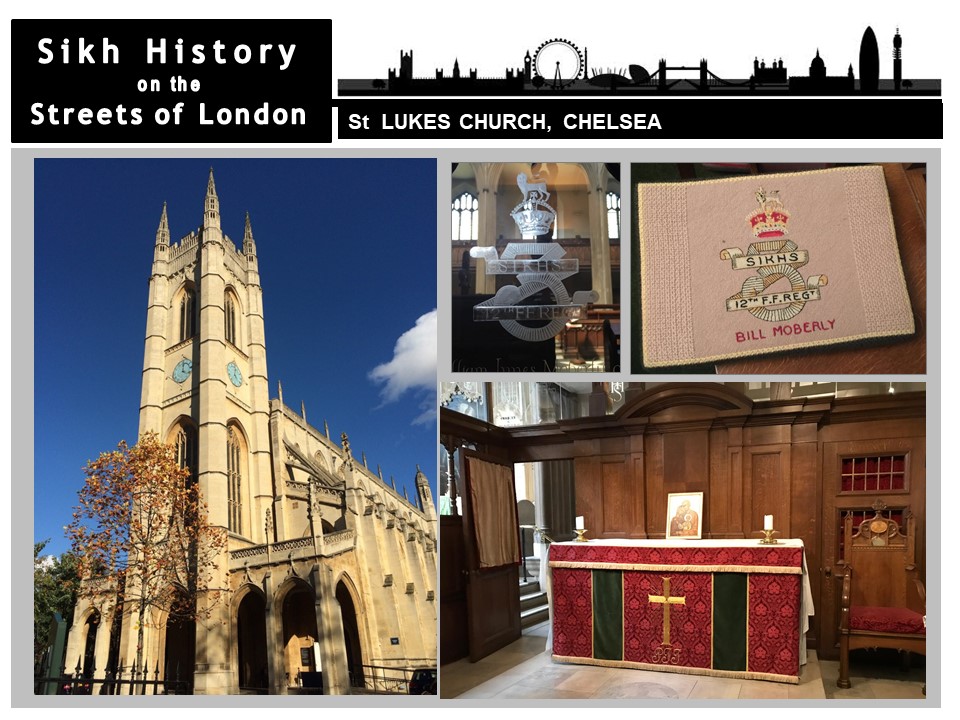
Our 2019/20 research was focused on Sikhi and Star Wars, aimed at the young (and young at heart Start Wars fans) to:
– learn about Sikhi in the 1700s
– introduce the Sikh Confederacy – the Misls, the Leaders and the Structure (through association with concepts in Star Wars)
– explore 18th/19th century Sikh artefacts & similar artefacts in Star Wars, and
– study the ‘Dharma of Star Wars’ and explore these themes in Sikhi.
A selection of slides from the full presentation are presented below.
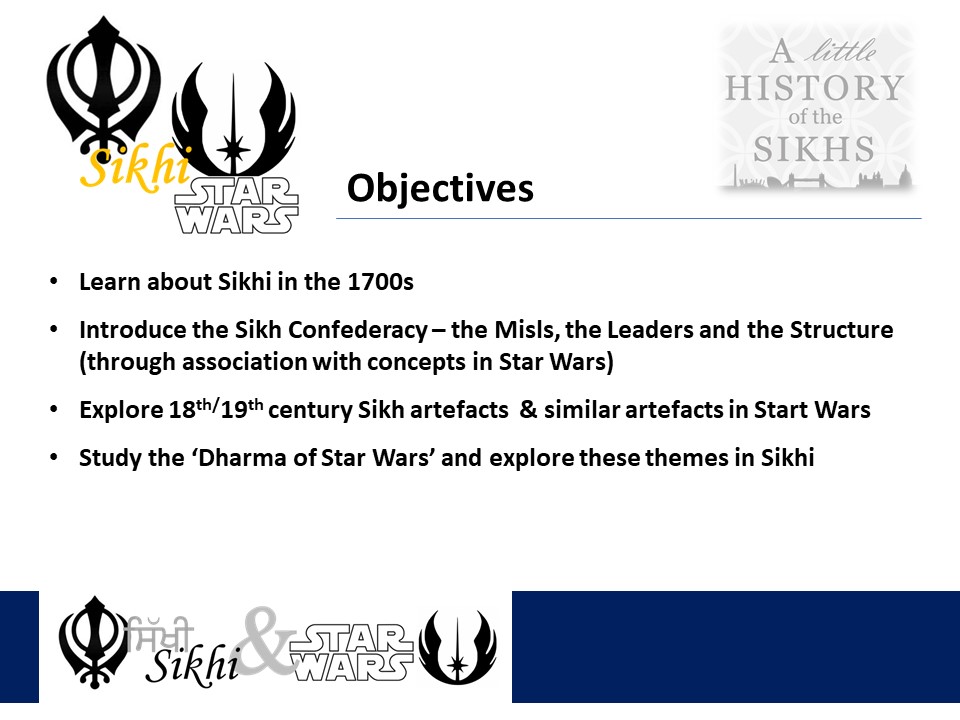
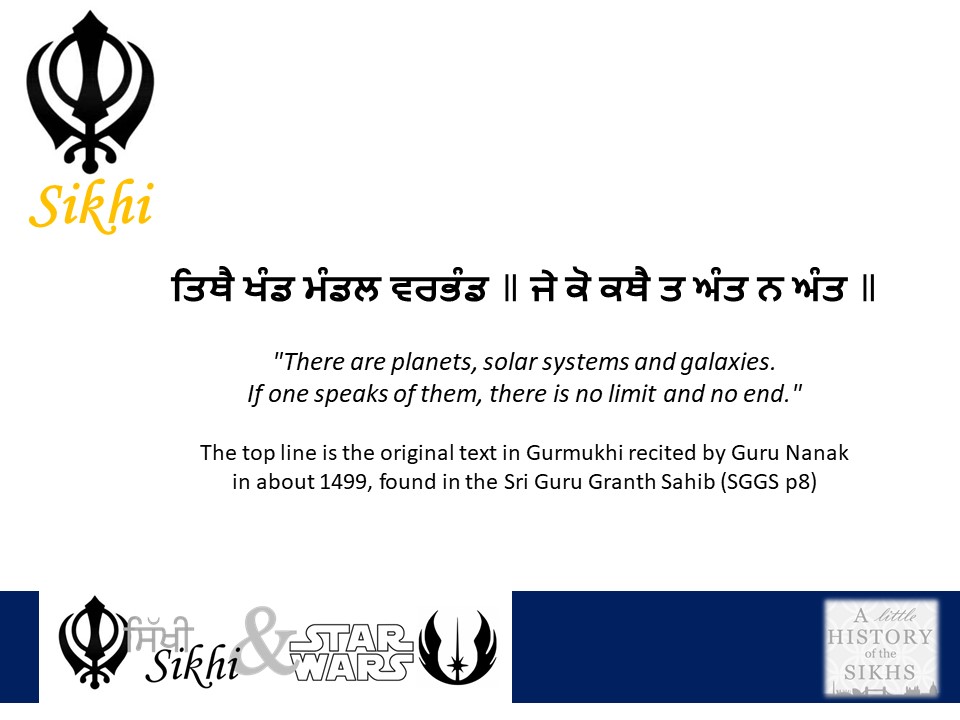
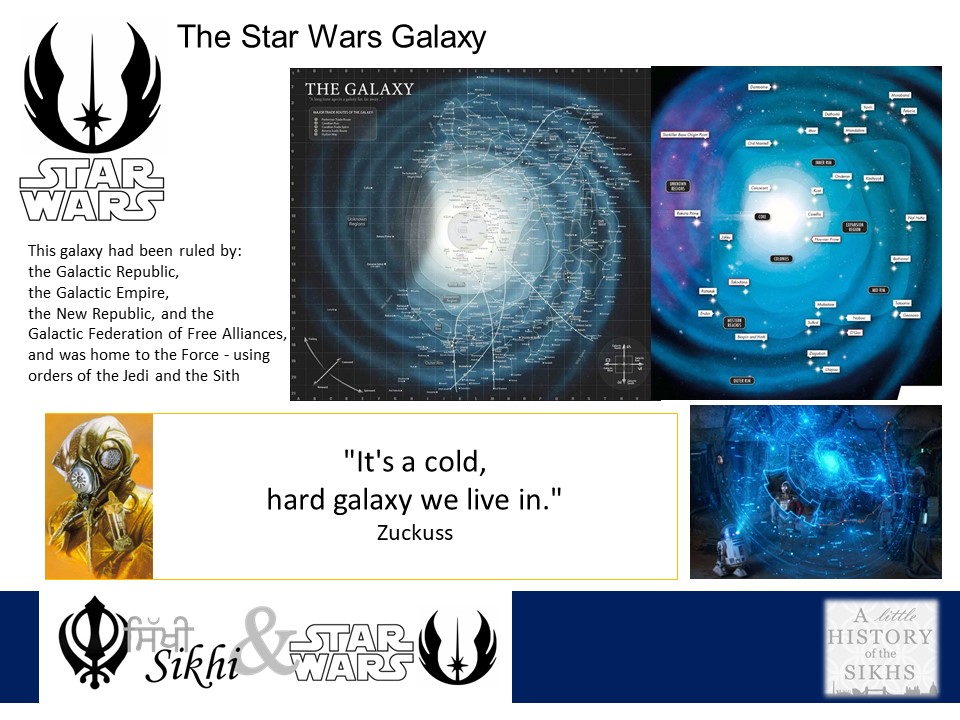
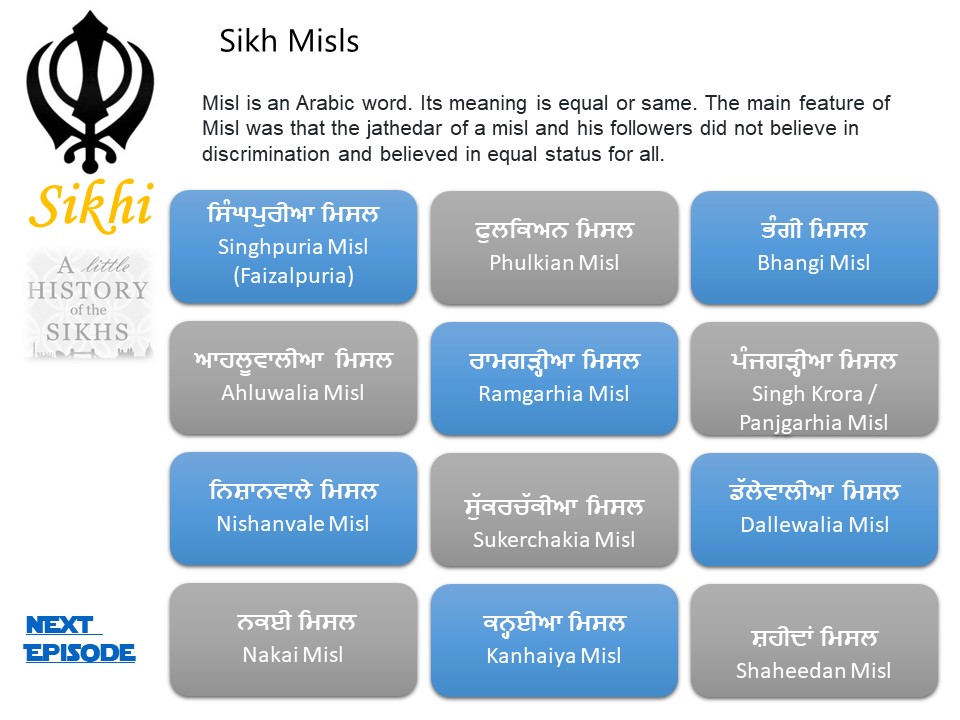
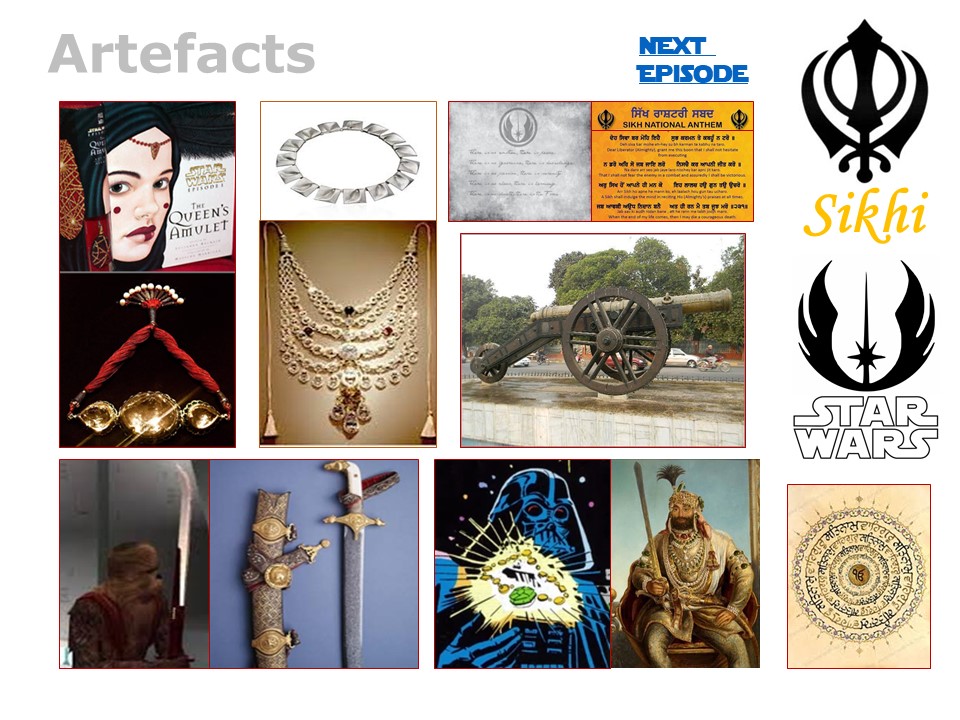
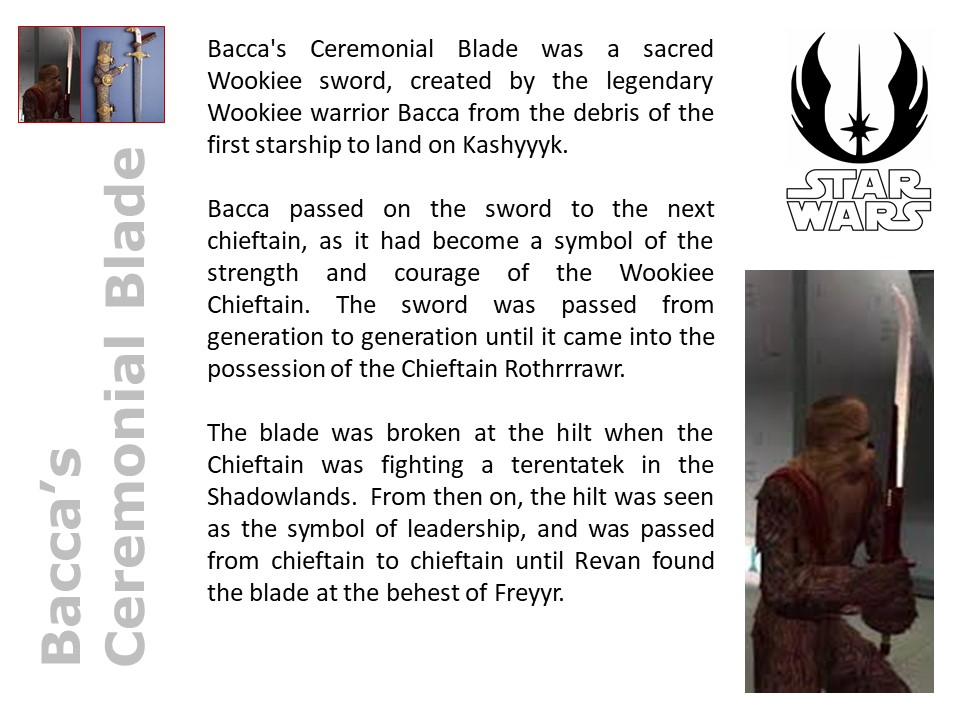
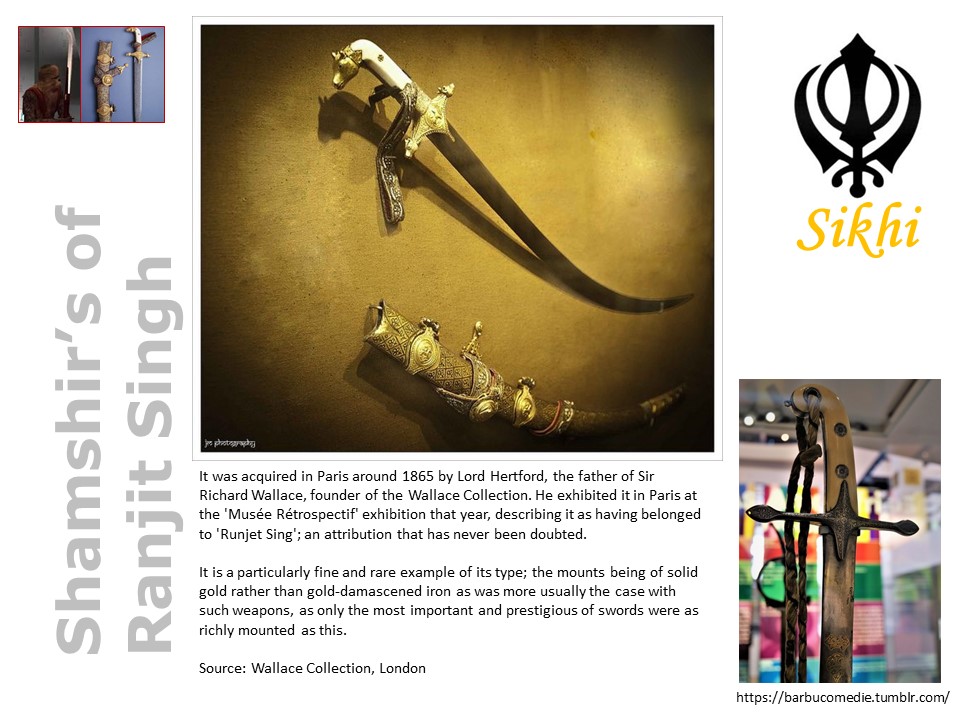
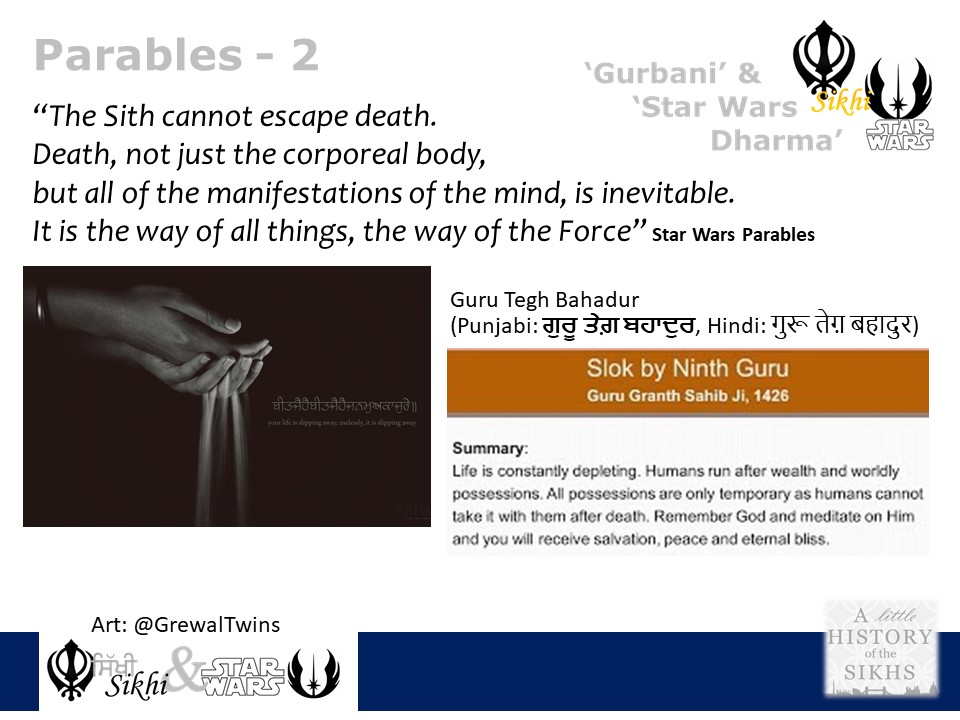
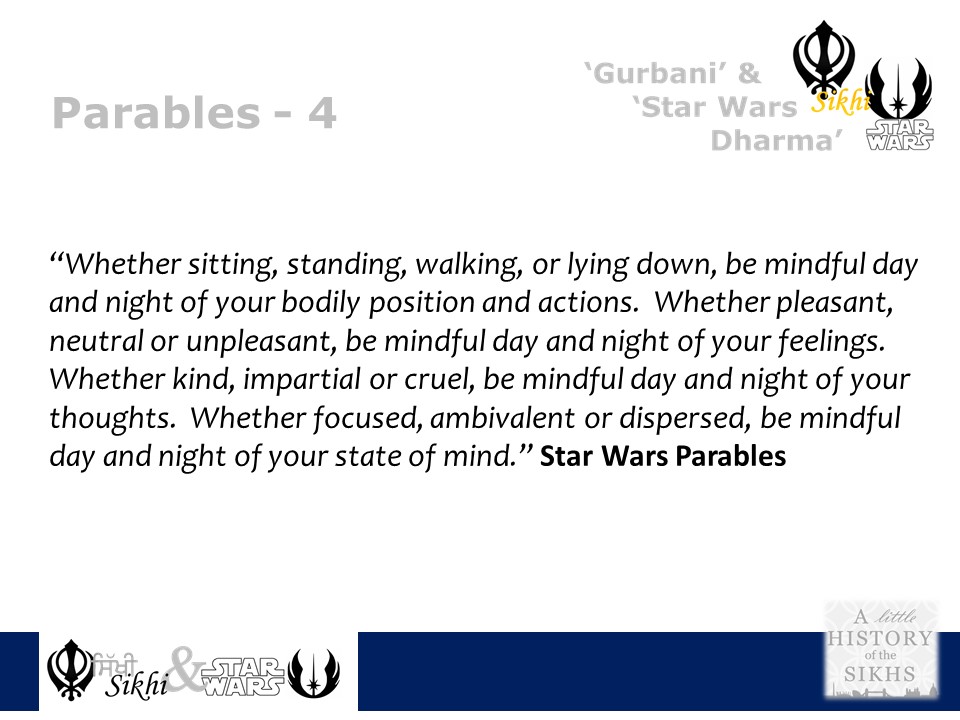
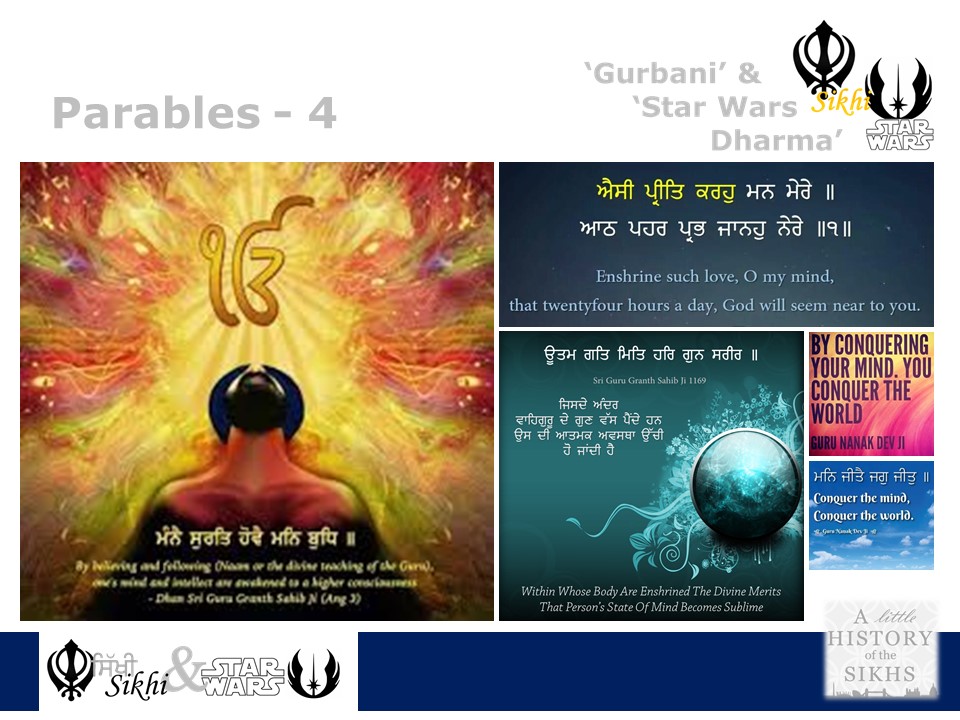
Premier League Sikhi
Karamsar Lecture 2013
This interactive presentation involves children/adults picking their favourite football team, and then learning a little Sikh history associated with the towns or city of the selected football club. During Sikhi Camps, the usual format follows Manchester United, Liverpool, Chelsea, Arsenal being the top picks before we get to a range of different stories!
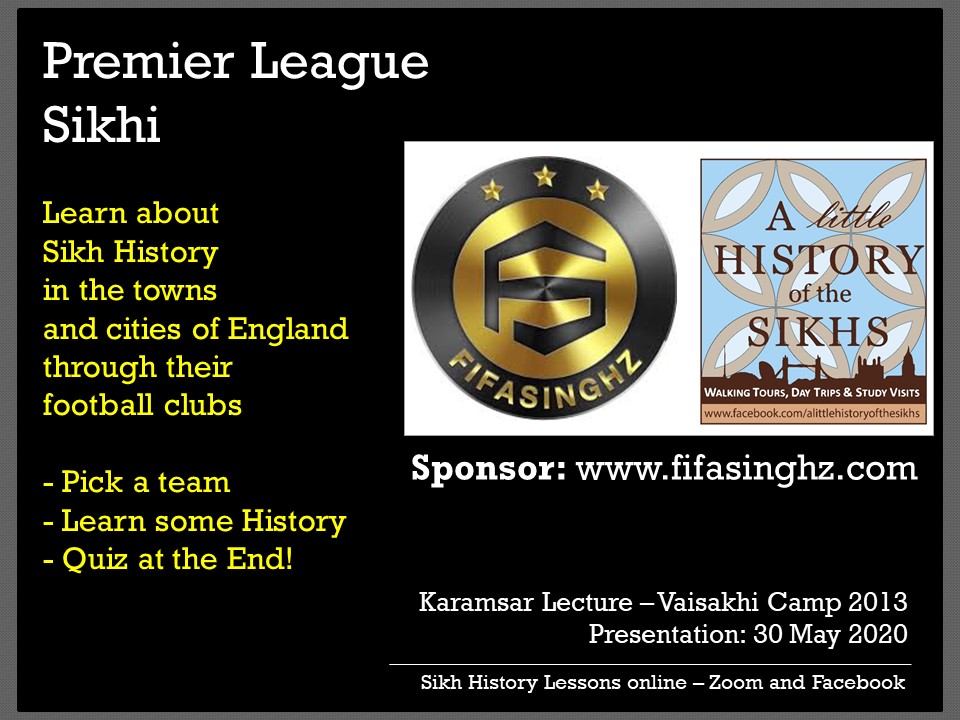
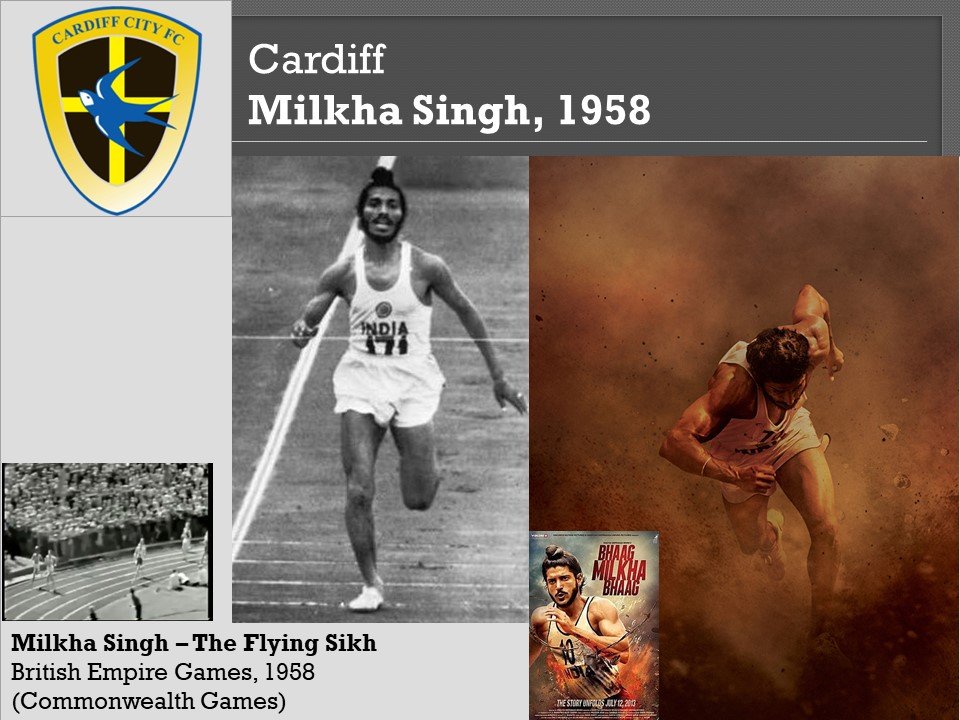
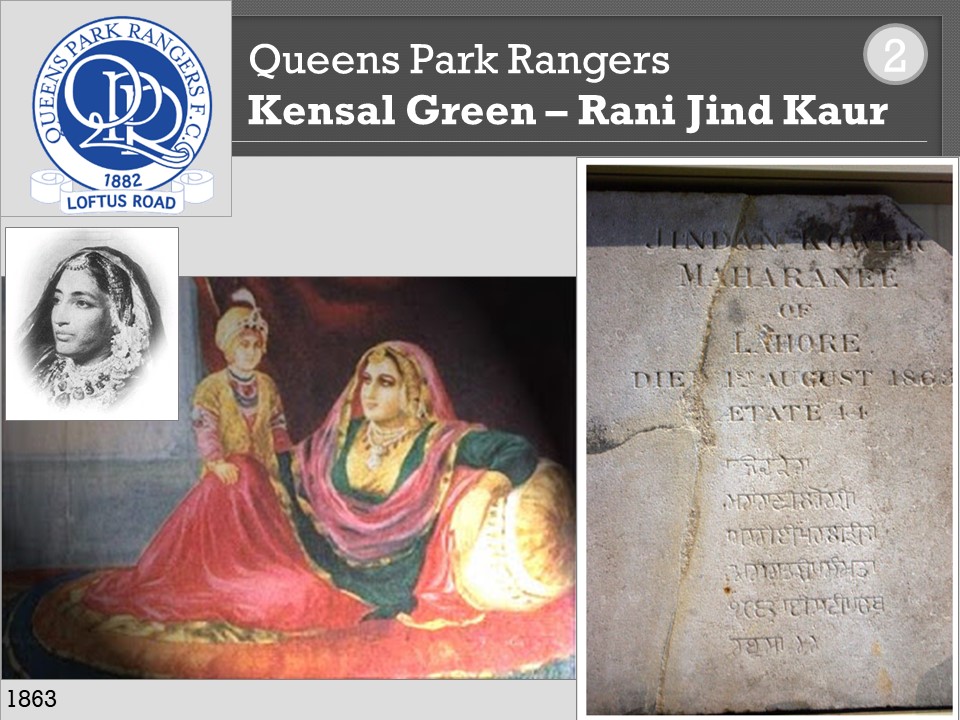
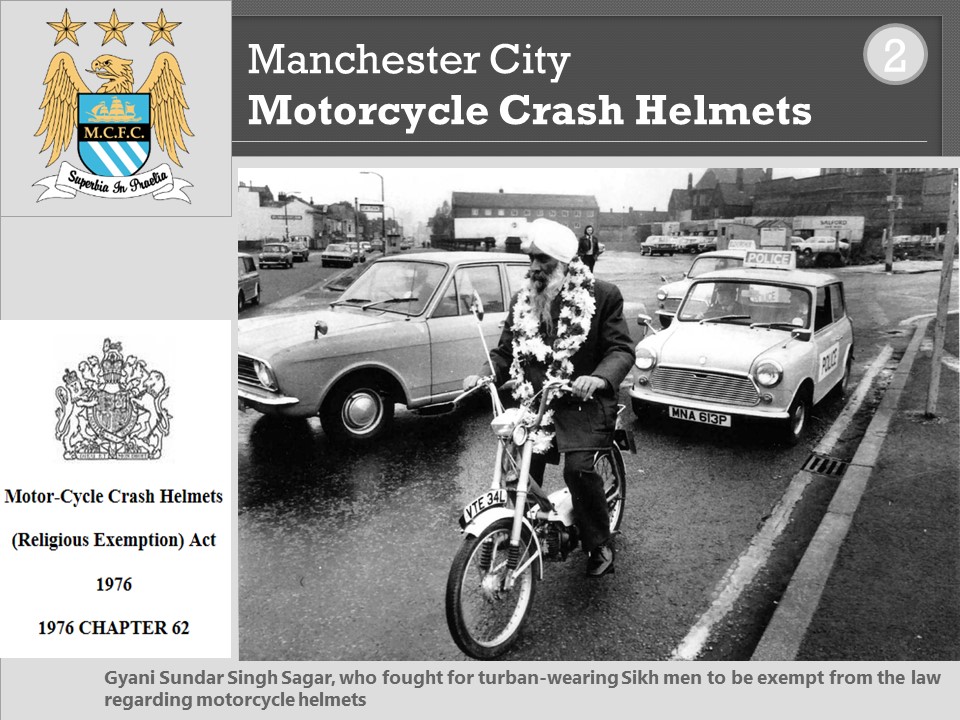
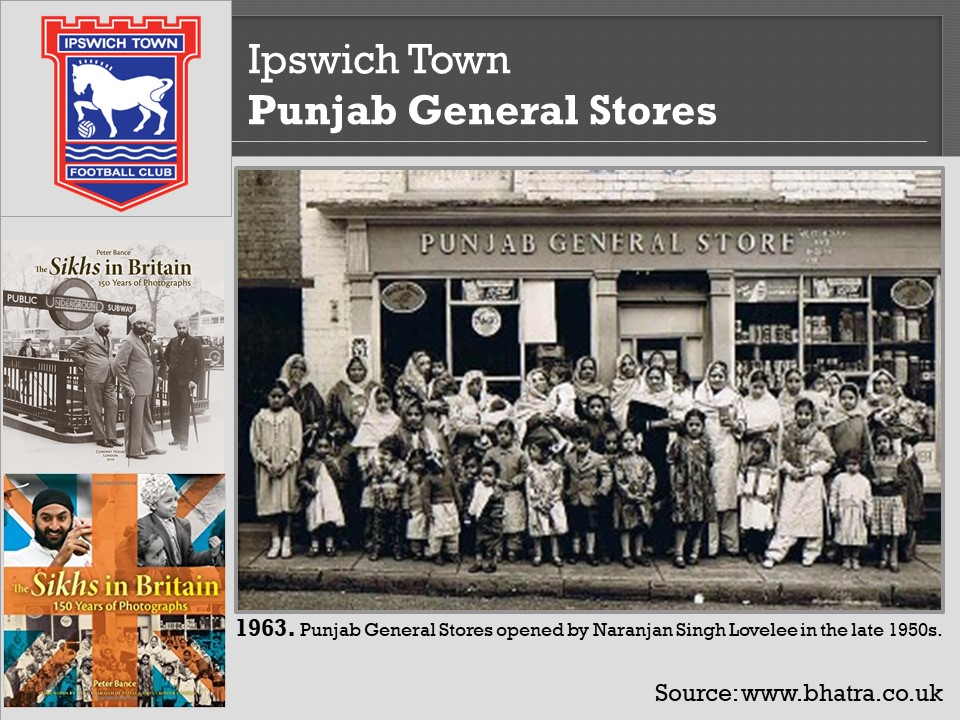
This lecture was developed for the Karamsar Sikhi Camp in 2015 and presents diaspora stories of the first Sikhs who arrived in a of countries around the world. An interactive presentation allows participants to select a flag and then learn a little Sikh history:
– who were the first Sikhs to arrive in the county, and by what means?
– the work they did, and how the community has grown to its current size
– details of the first Gurdwara Sahib’s established in the new countries by the Sikh community
. A selection of slides from the full presentation are presented below.
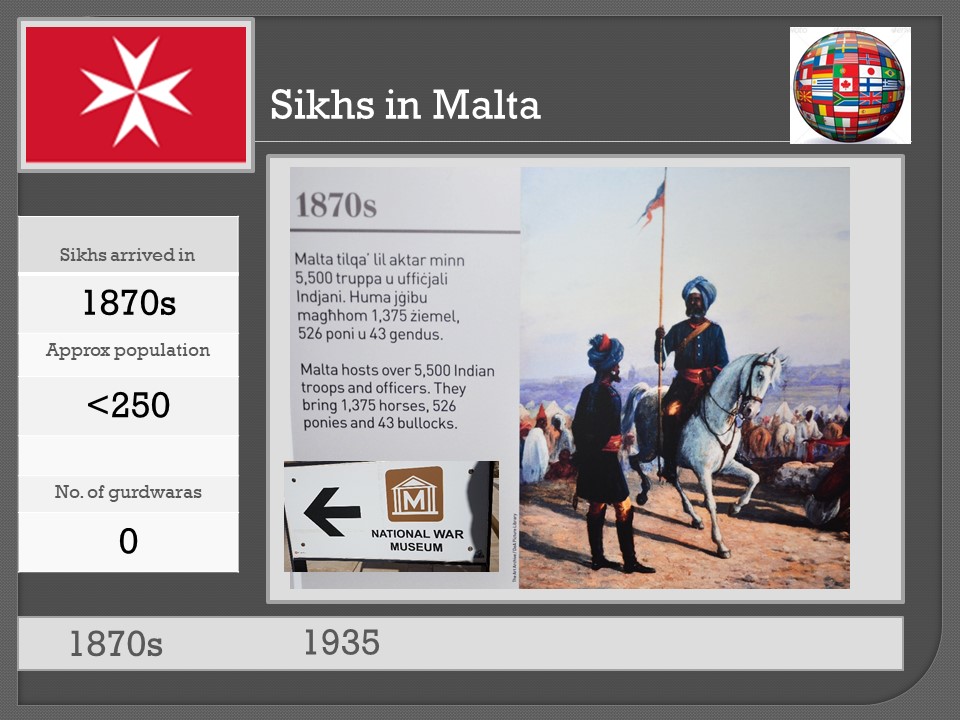
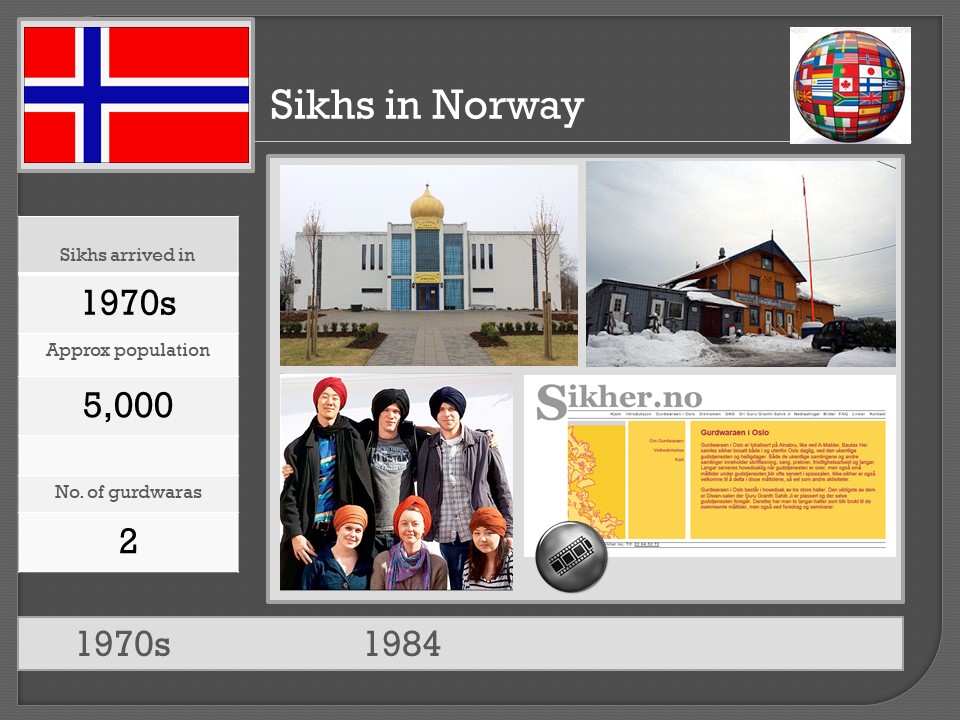

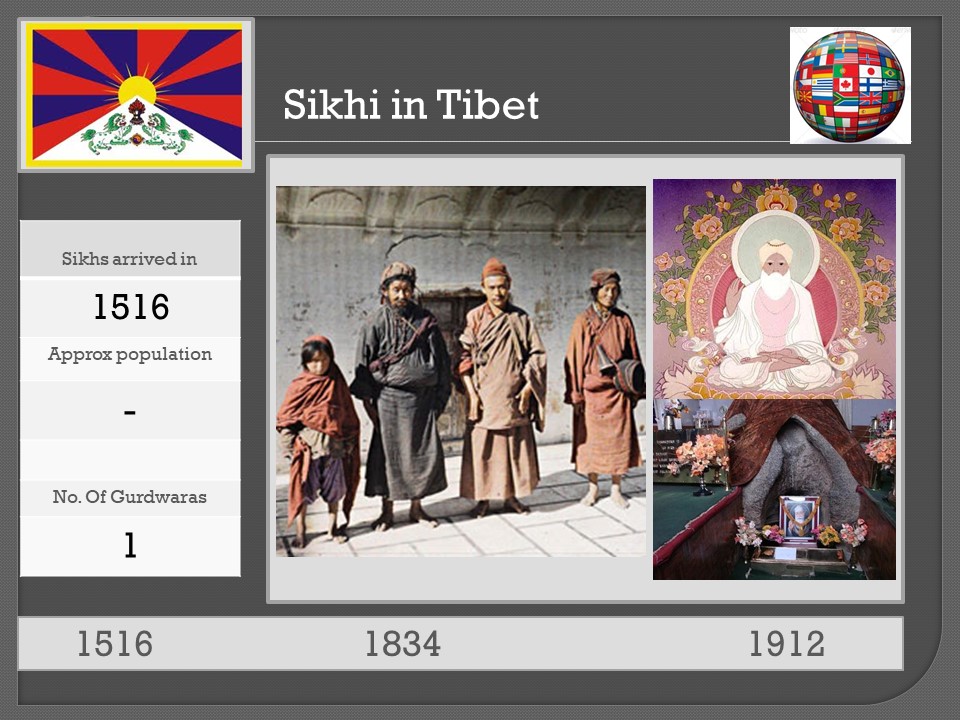
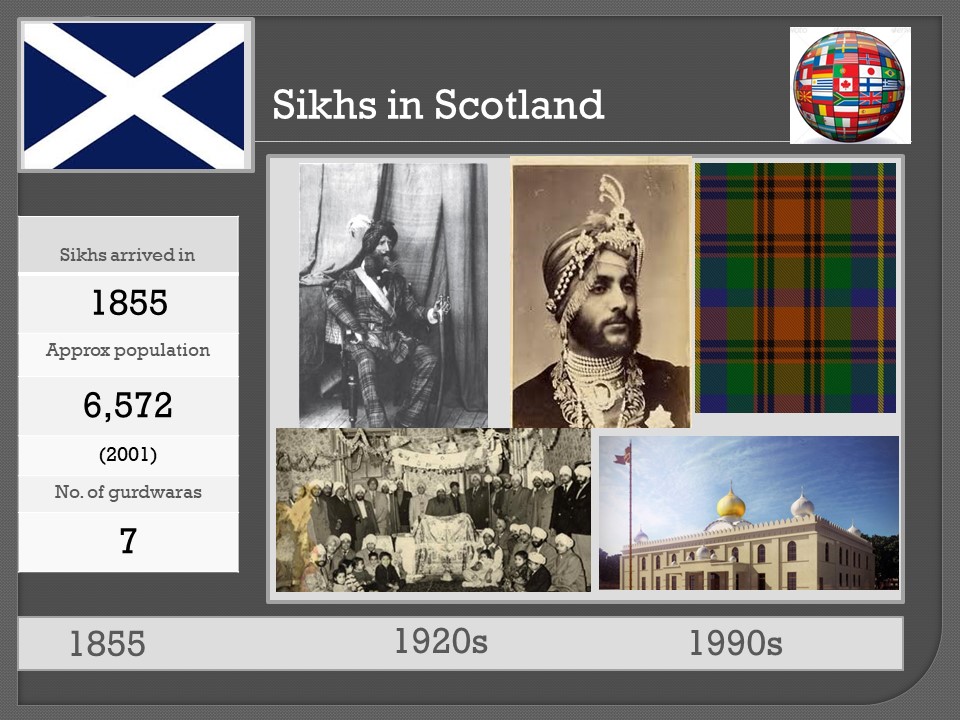

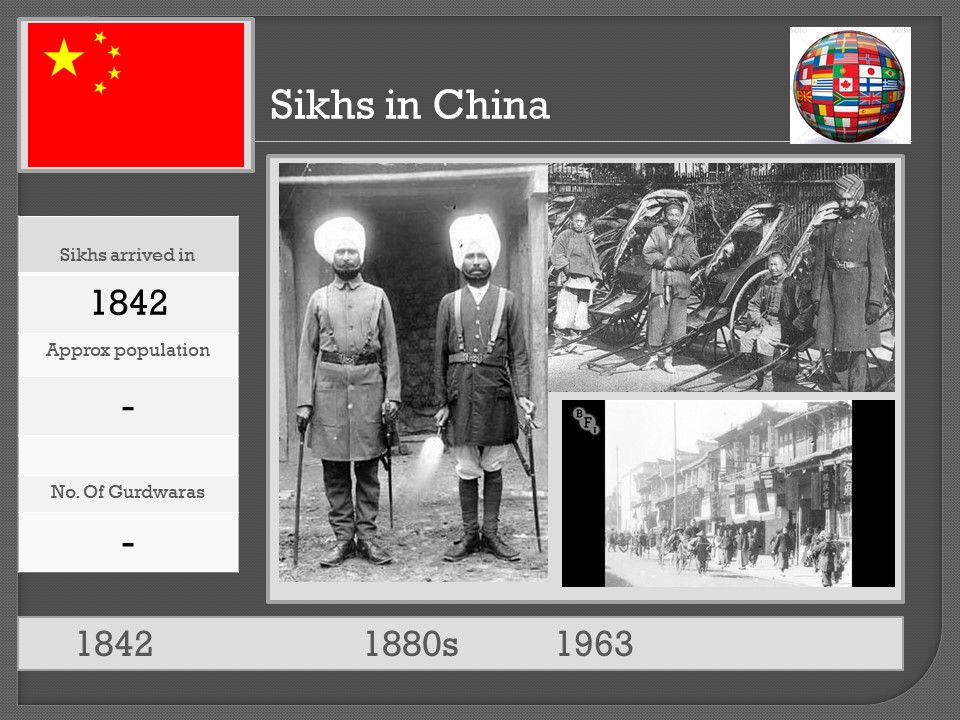
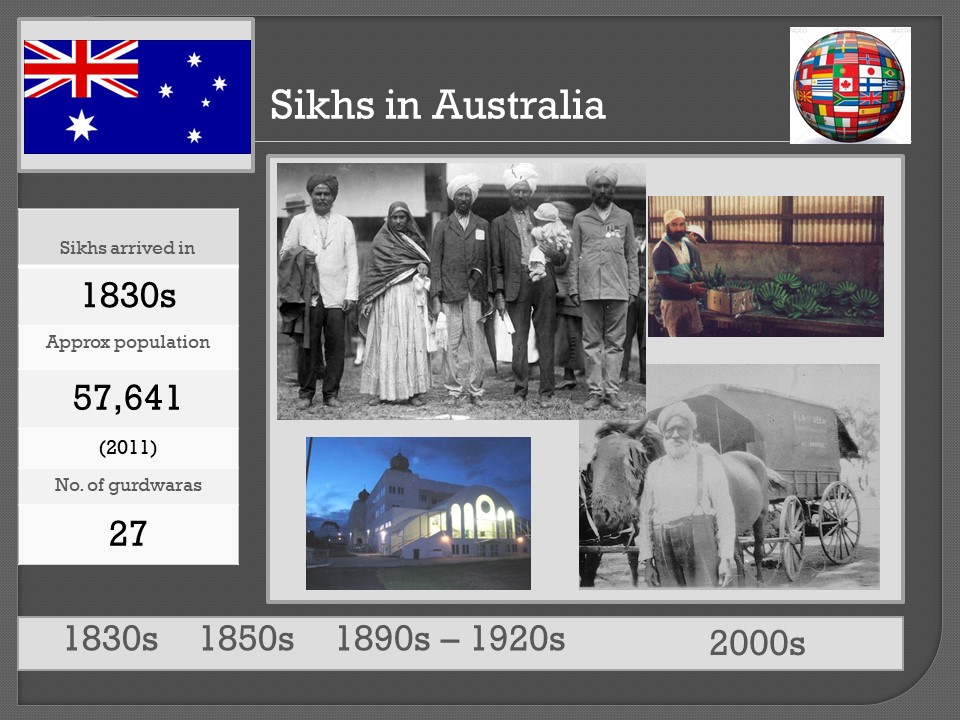
A little history of the Sikh regiments that saw battle on the Western Front in 1914 and 191. The British Indian Army formed a key part of the Allied Forces during World War 1, and a significant proportion of the forces were Sikh and/or from the Punjab (now divided across India and Pakistan).
Completed in 2017, the presentation is a popular choice for Punjabi Schools and wider mainstream schools in the build up to Remembrance Sunday each November in the UK.
A selection of slides from the full presentation are presented below.

